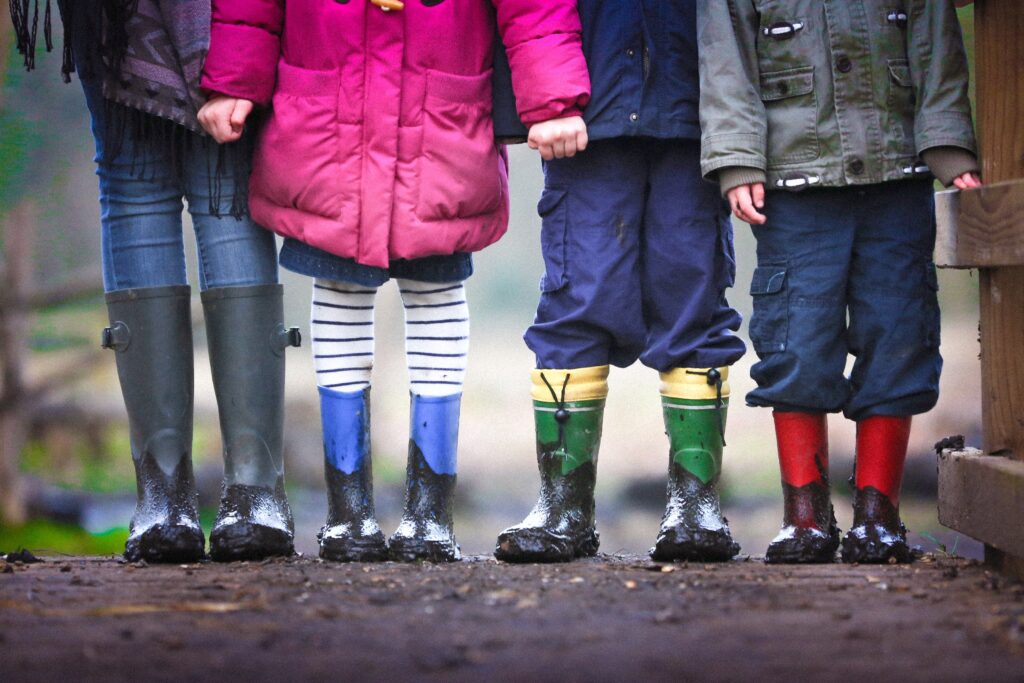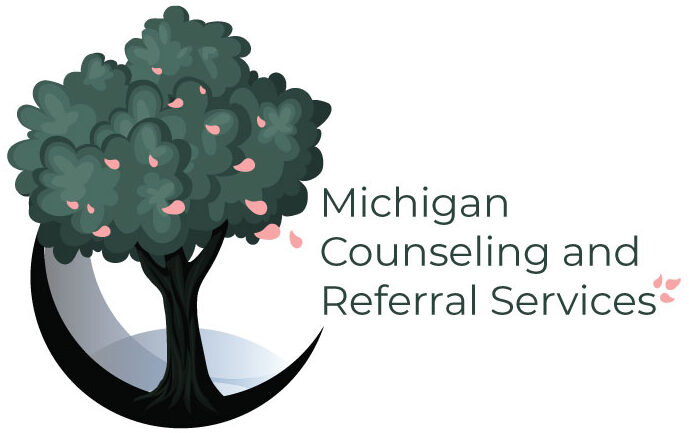Table Of Contents
Impact of Trauma on Child Development
Thinking about the impact of trauma on child development can be highly daunting. It is difficult to think of some of the worst experiences happening to our most innocent and vulnerable population.
Unfortunately, children do experience trauma in today’s society. There are a number of therapeutic interventions designed to help children heal from trauma. I talk about these interventions in this article.
In this article I will tell you about the impact of trauma on child development. Learning about the impact of trauma on child development gives you the ability to better keep your children safe. After all, we all want a happier life for our kiddos!

Effects of Trauma on Behavior
As an adult, parent, aunt, uncle, grandparent, or caregiver you likely think of the children in your life as the most important of your social circle
Thinking about something terrible happening to them can be a difficult thought process to undertake, so I will tread as gently as I can in this article.
Trauma’s effect of child development is highly significant and highly variable dependent on the trauma. Intense physical traumas can cause a child’s body to be much more active, cause higher chances of other mental illnesses, and can make life much more difficult for them as young children. Traumatic experiences can even carry into older childhood, adolescents, and eventually adults if gone untreated.
Pushed Ahead or Held Behind
A child can either be pushed ahead or held behind developmentally following trauma. Some children develop advanced vocabulary, some may develop more advanced behaviors. If you have ever heard that someone is “advanced” because of their trauma–this is the meaning.
That child has been exposed to something that they are not yet ready to experience, so the brain adapts in the best ways for survival. Often times, this comes out as behaviors, triggers, and big feelings that can easily overwhelm them.
Children may also develop slower compared to their peers. Emotional development is highly effected from trauma in comparison to their peers.
This does NOT mean that in every case a child exhibits these signs that they have been traumatized. Kids develop at their own pace, but it is important to learn how to decipher whether fast development is happening in a typical fashion for your child or if there are other factors playing into it.
There is naturally a lot of nuance to the impact of child trauma.
Active Bodies, Active Minds
Children who have experienced trauma may have overactive bodies and/or minds. This means that they may exhibit some of the following symptoms:
It is not uncommon for children who have experienced trauma to display these symptoms. It is imperative that you take note of how often these symptoms may happen day to day. Where do they happen? When do they happen? Why do they seem to happen?
-High adrenaline/hyperactivity
-Struggles with focusing
-Escalating emotions/tantrums
-Difficulty redirecting

These are all important questions to ask when trying to find patterns in a potentially traumatized child’s behaviors.
High Emotional Reactivity
Children with trauma histories tend to have higher emotional reactivity than that of their peers. This may be because children who have experience trauma are more used to feeling unsafe vs feeling safe in any given environment.
Typically, we all feel safe in an environment like home. As children, we begin coding different environments as safe and unsafe. We lose our sense of safety in our safe environments if trauma occurs. This is why felt safety is difficult for children who have experienced trauma to attain without therapeutic intervention.
In these cases, children’s systems will adapt to traumatic events and environments by attaching heavy emotions to them. Through this process, their nervous system protects them from experiencing similar traumas in similar environments.
Bessel Van Der Kolk, author of The Body Keeps the Score uses the example of a smoke detector that continues to go off. Even though there isn’t any danger, the child may react in defense of themselves.

Attachment Difficulties
A hallmark of child trauma is attachment difficulties. This can be to caregivers, peers, or anybody in the child’s life. Look for patterns in who the child tends to attach to or avoid. Do they attach better to adults than kids? Vice versa? Does gender play a role?
The best explanation I can offer for this is actually something my own therapist told me. Trauma is the ultimate betrayal of your safety. Many times traumatized children may have attachment difficulties with their parents. This is because in some cases they unconsciously blame their caregivers for failing to protect them.
Harboring unconscious beliefs about their caregivers can develop into some attachment tendencies that may present as quite difficult for the caregiver. But don’t worry, like everything else I have discussed in this article, there is a way to manage this.
Conclusion
Like all illnesses, symptoms in children from trauma come in all sorts of forms. Some children lash out while others may isolate. Some may over-attach while some may under-attach. There is no true way to know until symptoms are present. Here is a more comprehensive list of child trauma symptoms from the CDC.
I have seen these and many other symptoms in my own office over the years. Learning that your child may have experienced trauma is absolutely a heart-wrenching moment for any parent. If this is you, know that I feel with you and that there are options for you and your family to heal.
Feel free to use the link below if you are interested in discussing therapy resources or questions about you or your child, !
If you are in Michigan and are interested in finding a child/adolescent or adult therapist, reach out here using my contact form.
